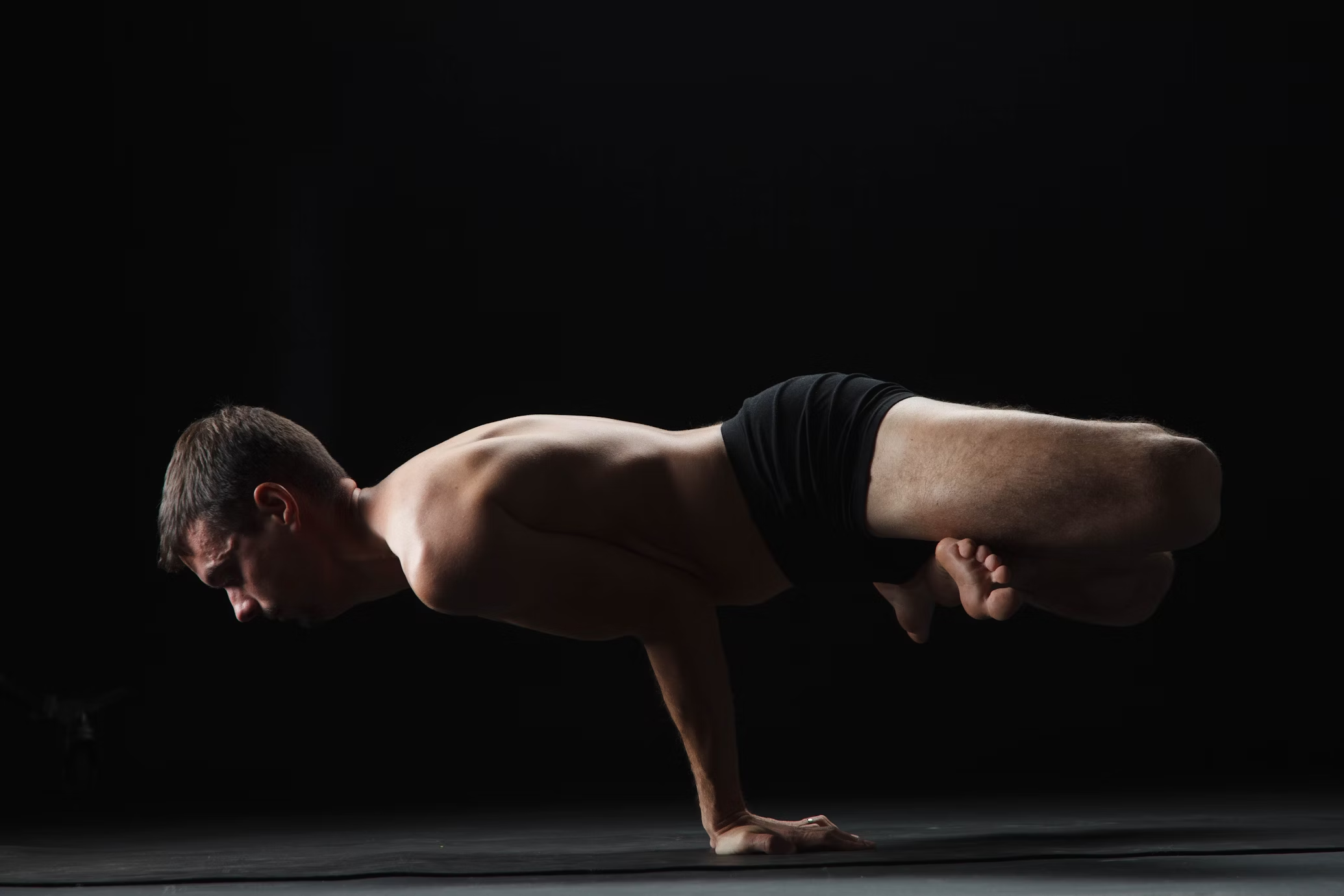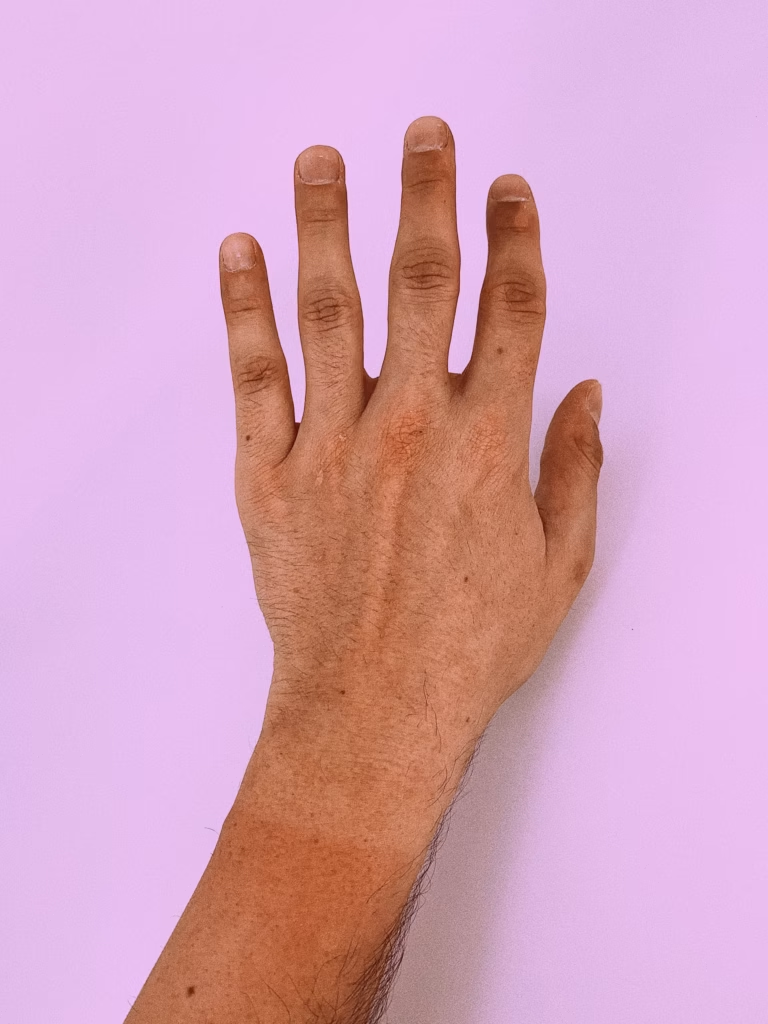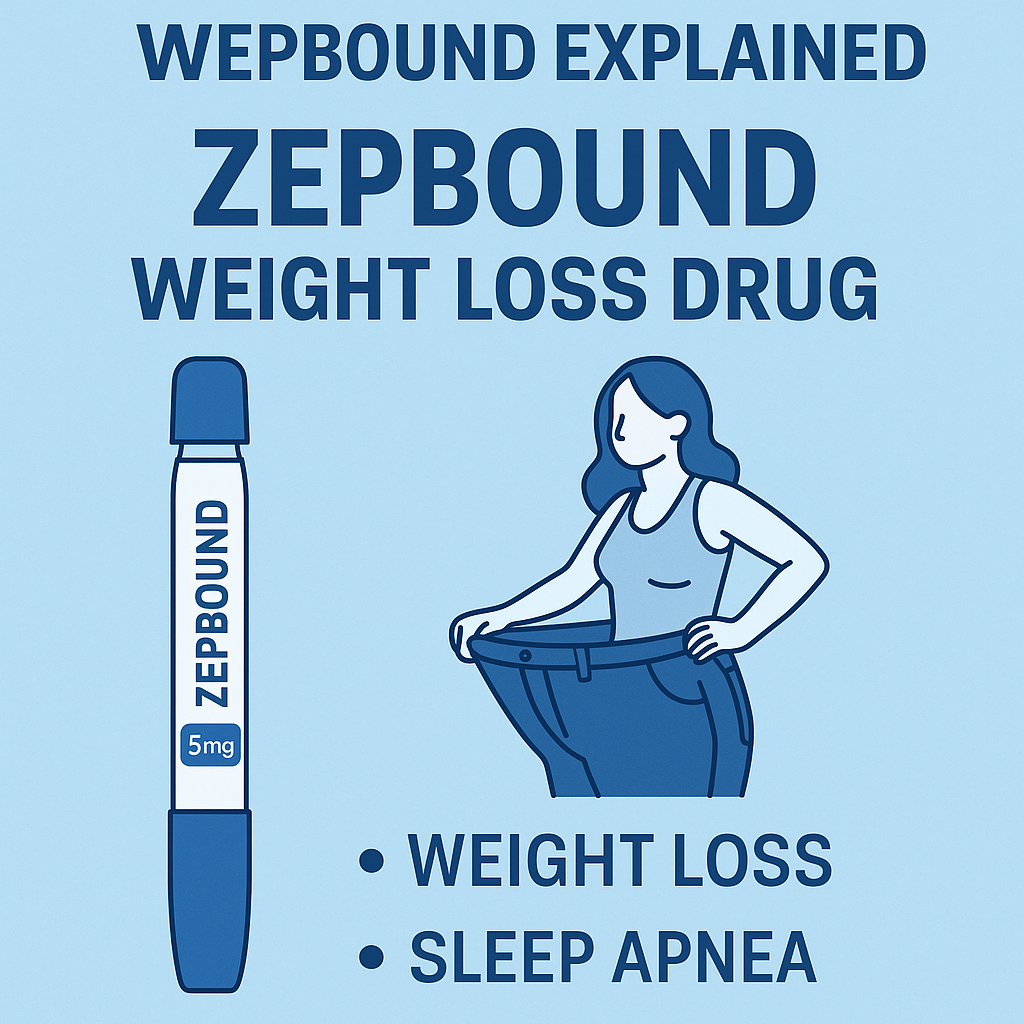What is Pilates and How It Transforms Your Body
What is Pilates and what are its principles and benefits? Pilates has become one of the most widely practiced international exercises, famous for achieving happiness and increasing self-confidence.
What is Pilates and How Does It Differ from Other Workout Routines?
Pilates workouts are designed to improve physical strength, flexibility, posture, and mental awareness. They emphasize endurance, proper body alignment, and breathing. Unlike traditional strength training, Pilates focuses on precision, control, and flow.
What Does Each Class Focus on?
- Core Strength: Pilates targets the core muscles, such as abdomen, lower back, hips, and pelvis, to build endurance and stability.
- Mind-Body Connection: Each movement demands focus and mental engagement, deepening body awareness and control.
- Control & Precision: Exercises are performed slowly and deliberately, prioritizing quality over quantity for maximum effectiveness.
- Breathing: Deep, controlled breathing enhances movement, improves oxygen flow, and promotes relaxation.
- Flexibility: Seamless transitions between exercises gradually increase flexibility and improve overall mobility.
Benefits of Pilates
Building Strength and Endurance
Most of the workouts target the deep abdominal, pelvic, and back muscles. Its movements can sculpt the body and make it more attractive.
Improving Flexibility
Pilates exercises focus on lengthening and stretching muscles, enhancing flexibility and joint mobility. Hence, improving the range of motion, and reducing the risk of injury.
Improving the Body’s Posture
The exercises provide the body with correct standing and sitting positions by improving the shape of the spine, which helps correct posture and relieve back pain.
Increase Muscle Strength
You will recognize the improvement of the muscles strength, especially for people who sit for long periods of time. Regular exercise can sculpt fat and make muscles look long and lean, giving a proportioned body appearance.
Reducing Stress
By focusing on breathing and movement, Pilates exercises enhance relaxation and mental clarity. Practitioners notice the stress and anxiety gradually fading away, making them feel calm and renewed.
Injury Rehabilitation
Pilates is widely used as a rehabilitation method for individuals recovering from injury or dealing with chronic pain. There are special rehabilitation movements to help heal injuries. Which is why pilates is suitable for people of all fitness levels.
Tips for Beginners
Whether you’re a beginner, intermediate, or on an advanced level, Pilates offers something for everyone. It is important that you start with a qualified trainer who can guide you through the correct technique and the appropriate number of times you should practice these techniques. The workouts can be practiced almost anywhere, even at home. With consistent practice, you will begin to notice the visible results on your body and experience the benefits of a clear mind.
FAQ
What is the difference between yoga and Pilates?
Yoga focuses on connecting the mind and body through postures, breathing and meditation, as well as focusing on flexibility and relaxation, while Pilates focuses on strength and stability.
How many times a week should you practice Pilates?
At least three times a week.
Can pilates burn fat?
Studies have proven that Pilates exercises help burn fat and are suitable for individuals who aspire to lose weight or change the shape of the body.
Conclusion
what is Pilates but a comprehensive approach to health and happiness. It strengthens the body, calms the mind, and nourishes the soul.







